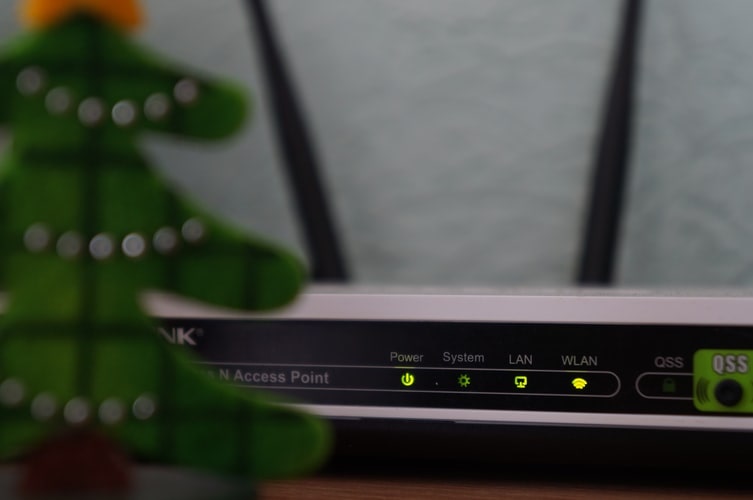Modem VS. Router
Though they are used daily by everyone, most people cannot differentiate between a modem and a router, which is why exactly they shop the wrong thing when trying to get an internet connection for home or workplace.
Although there’s not much difference between them, there still are few small functional variances, which is not rocket science to interpret. The following article focuses on a detailed analysis of modem and router functions and with distinctions among them.
MODEM
To commence with, modem provides access to the internet provided by ISP and connects to a single PC. Modem simultaneously modulates and demodulates signals to encode and decode data such that it can flow between a home network and ISP. Thus, it is known as MO(modulator) DEM(modulator).
Furthermore, the modem is connected directly to the ISP such as Comcast or Verizon FiOS via where it can be a cable or DSL modem. DSL modems connect to a telephone socket on the wall having an RJ-11 jack and cable modems have TV type connectors which are connected to a cable port on the wall.
A modem can be connected to a router to provide a connection to multiple devices. In terms of security, modem passes potential threats to connected computers as it does not screen any data. Thus, it brings ‘IN’ the data and acts as a bridge between ISP and device. Additionally, a modem is an internetworking device that functions at Data Link Layer.
To summarize the modem is capable of:
- Direct connection to the internet.
- Decoding of signal from ISP.
And cannot:
- Connect to more than one PC or device to the internet.
- Create or manage WiFi.
- Provide security measures.
Some of the best buys in modems are:
- Motorola MB7621
- Netgear CM600
- Netgear CM500
- Motorola MB8600
- CM700 DOCSIS 3.0
ROUTER
While the router, on the other hand, creates a network viz. LAN, connecting to various devices such as PC, smartphone, tablets, and many more but cannot facilitate internet connection as a modem, will be required for this.
Generally, a router establishes a local network of devices. It allows the transfer of files and data among them, but to provide internet access, it connects to the modem via a wired or wireless medium. Early routers had an Ethernet connection for wired connections while a wireless router has one or two antenna/s outside or sometimes inside the enclosure. Thus, it routes data to networked devices.
The router provides access to an IP address like 192.168.8.1 to each device connected in the network, but they will have the same external IP address assigned by ISP. It provides security as it examines data packets to determine their destination nodes and so can contain firewalls to protect from attacks on the network.
They are a type of networking devices operating at a Network Layer dealing with data packets. Therefore, by connecting one’s modem to the router instead of directly connecting to a computer, all devices connected to a router are connected to a modem and thus to the internet.
To conclude, routers are capable of:
- Establishing a local network like LAN.
- Wired or wireless connection to peripherals in the system.
- Creation and management of WiFi
- Split internet connection to several devices.
And cannot:
- Decode the signal from an ISP.
- Provide an internet facility.
Some of the best buys in routers are:
- Asus RT-AC88U
- Google Nest WiFi
- Linksys WRT3200ACM
- TP-Link Deco M5
- Netgear Orbi
The order of device connection from above detail can be presented as follows:
- Web application firewalls
- IoT gateways
- API, SOA and XML gateways
- Cloud storage gateways
- Email security gateways
- Media gateways
- VoIP trunk gateways
To combine their advantages and rule out disadvantages, some ISPs combine both of them into one entity known as a gateway. The primary benefit of a portal is that it encloses two devices and functions as a proxy server and a firewall. This also simplifies the setup process. Gateways take various forms and can perform a myriad of tasks as follows:
1. Type
Modem: Internet working device
Router: Networking device
2. Layer
Modem: Data Link Layer
Router: Network Layer
3. Function
Modem: Provide internet access by transmitting and receiving data over telephone lines.
Router: Provides a network setup facility where it directs data into the network among devices.
4. Connection
Modem: Can connect to one PC using an ethernet port.
Router: It can connect to several PCs or networking devices via Ethernet or WiFi.
5. Necessity
Modem: Required for internet connection.
Router: I needed to connect to multiple devices.
6. Security
Modem: No security measures.
Router: It provides security measures to protect the network.
7. Independent
Modem: Yes. It does not require a router to provide internet connection.
Router: No. A modem is needed to access internet facilities.










